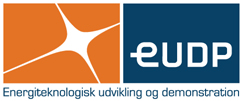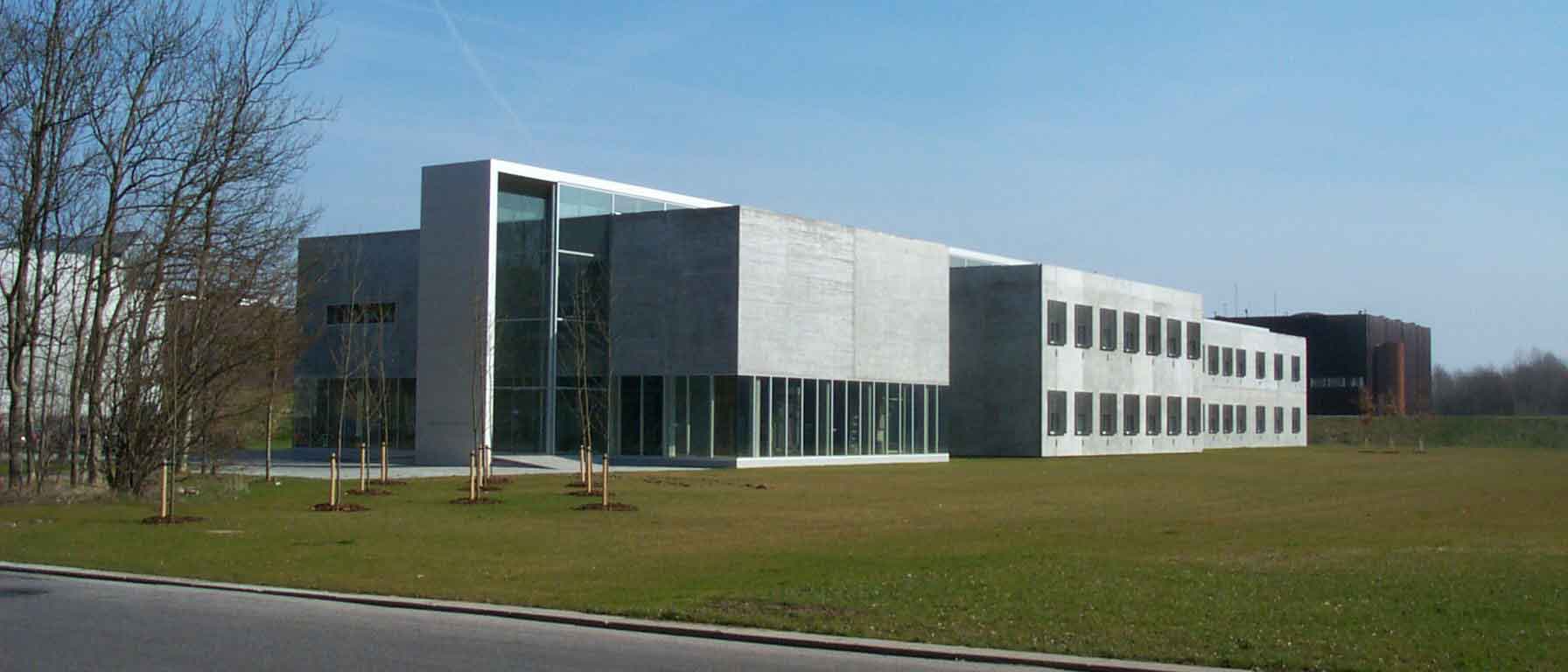Project Description
Currently there is no overview or insight into how much Energy Flexibility different building types and their usage may be able to offer to future energy systems. The aim of ANNEX67 is thus to increase knowledge on and demonstrate the Energy Flexibility buildings can provide for the energy grids, and to identify critical aspects and possible solutions to manage this Energy Flexibility.
The foreseen large deployment of renewable energy sources may seriously affect the stability of energy grids. It will be necessary to control energy consumption to match instantaneous energy production. The built-in Energy Flexibility in buildings may be utilized for stabilizing the energy grids, allowing for a larger roll out of renewable technologies.
The Energy Flexibility of a building is the ability to manage its energy demand and generation according to local climate conditions, user needs and grid requirements. Energy Flexibility of buildings will thus allow for demand side management and load control and thereby demand response based on the requirements of the surrounding grids.
Energy Flexibility may be obtained in several ways. For example, all buildings have thermal mass embedded in their constructions, which makes it possible to store a certain amount of heat. Depending on the amount, distribution, speed of charging and discharging of the thermal mass, it is possible to postpone active heating or cooling for a certain period without compromising thermal comfort in the building. And if, prior to the shutdown of the heating or cooling system, the thermal mass is pre-heated or pre-cooled, but still within the comfortable room temperature range, it may be possible to prolong the shutdown period.
In-depth knowledge of the Energy Flexibility that buildings may provide is important for the design of future Smart Energy systems and buildings. The knowledge is, however, not only important for the utilities it is also necessary for companies when developing business cases for products and services supporting the roll out of Smart Energy networks. Furthermore, it is important information for policy makers and government entities involved in the shaping of future energy systems.
Project Summary
| Project period | October 1. 2017 - March 31. 2019 |
| Total budget | 1.280.000 DKK |
| Funding agency | EUDP |
| Organization managing the project | SDU Center for Energy Informatics |
| SDU project manager | Bo Nørregaard Jørgensen |
| Additional partners | - DTU Compute - Aarhus University |
Project Partners
The annex also has participants from Austria, Belgium, Canada, China, Finland, France, Germany, Ireland, Italy, Norway, Portugal, Spain, Switzerland, The Netherlands, and United Kingdom.

